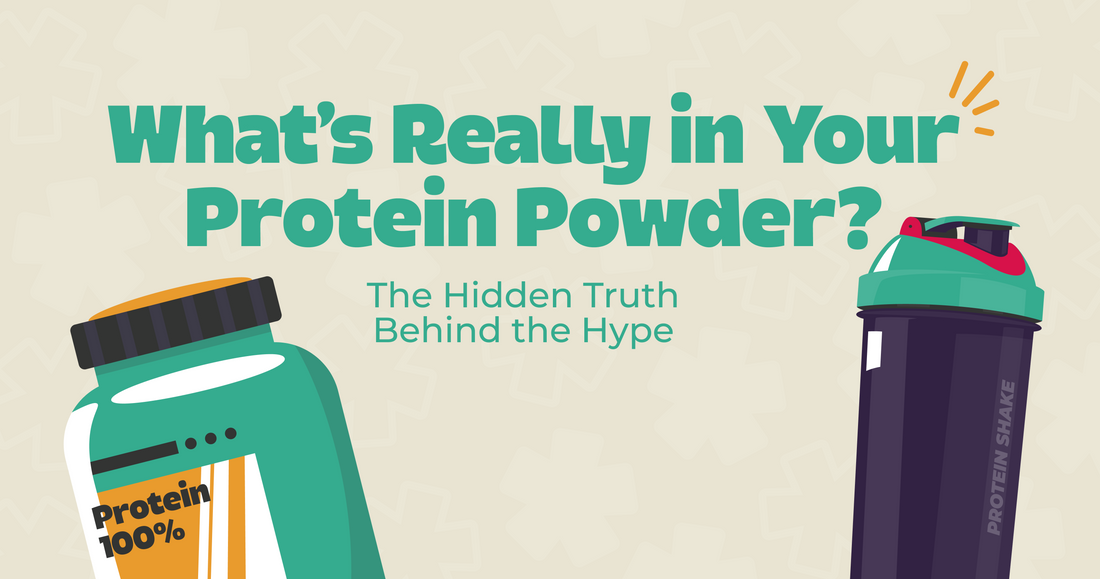
What’s Really in Your Protein Powder? The Hidden Truth Behind the Hype
Real Nutri CoIntroduction
Picture this: You’re about to scoop some protein powder into your post-workout shake, confident it’s the clean fuel your body needs. You glance at the label—“High Protein,” “Low Carb,” “All Natural.” Sounds perfect, right?
But what if that scoop isn’t just delivering protein? What if it’s a mix of sweeteners, artificial colors, and chemicals you’d never knowingly consume? It’s time to dig deeper and uncover what protein powders are really made of.
Protein Powders = Just Protein? Think Again
Protein powders are marketed as the ultimate health hack, delivering a quick 22g of protein in a 28g scoop. But they often come with a side of additives you wouldn’t expect:
- Sugar or artificial sweeteners for taste.
- Emulsifiers and gums to improve texture and make it easy to manufacture.
- Preservatives, artificial colors, and flavors for shelf life and appeal.
In fact, research by the Clean Label Project found that many protein powders contain heavy metals like lead and arsenic, along with BPA from packaging. So while you’re chasing gains, you could be consuming ingredients your body doesn’t need and might be harmful.
What Does That Scoop Really Contain? A Chemical Dumpyard
Let’s take a closer look at the fine print. Here are common ingredients you’ll find lurking in popular protein powders:
- Maltodextrin & other sweeteners: A cheap sweetener & filler linked to blood sugar spikes.
- Anticaking agents, stabilizers : To keep the powder from forming clumps.
- Artificial flavors and colors: Add no nutritional value and are purely cosmetic, may even be harmful as some are being shown to have carcinogenic effects. Emulsifiers, gums: To keep the powder and other chemicals from separating out into different layers of chemicals.
The result? That “clean” protein powder starts to look more like a science experiment.
Deceptive Marketing: What Brands Don’t Tell You
Have you ever seen a protein powder proudly advertise its artificial additives? Of course not. Instead, brands focus on buzzwords like:
- “High Protein”
- “Vegan”
- “No Added Sugar”
While these claims grab attention, they don’t tell the full story. For example:
- “No Added Sugar” might mean the product uses artificial sweeteners like sucralose or aspartame.
- “Natural” doesn’t guarantee the absence of emulsifiers or preservatives, or even fully natural ingredients.
Marketing often glosses over what’s hiding in the ingredients list. That’s why reading labels is critical before you scoop.
Protein Powders Are Helpful—But Not Innocent
Let’s be clear: Protein powders can be beneficial. They’re convenient, especially post-workout, and help meet daily protein goals. But they’re not the clean, innocent product they’re often portrayed as.
Here’s how you can use them wisely:
- Read the labels carefully: Look for powders with minimal number of ingredients apart from the actual protein itself.
- Avoid excessive additives: Steer clear of artificial sweeteners, colors, and preservatives. Your body will thank you later!
- Use them as a supplement, not a staple: Balance your diet with whole food protein sources like eggs, lentils, and chicken.
The Bigger Picture
Protein powders are a tool, not a magic solution. They can help fill gaps in your diet, but they’re not the gold standard of nutrition. By choosing high-quality products and incorporating real, whole foods, you can ensure your body gets the fuel it truly needs—without unnecessary chemicals.
Key Takeaways
- One scoop ≠ just protein: It’s often loaded with additives and chemicals.
- Marketing is deceptive: Always check labels for the full story.
- Balance is key: Pair protein powders with whole foods for complete nutrition.
Conclusion
Next time you reach for that scoop of protein powder, take a moment to read the label. Your body deserves better than hidden chemicals and empty marketing promises. Because real nutrition is about knowing what you’re putting into your body.
